Evergreen Conifer Fragrances: Pine, Fir, and Spruce
An evergreen is a plant that has foliage which remains green and functional through more than one growing season, contrasting with deciduous plants, which completely lose their foliage during the winter or dry season. There are many types, including most species of conifers, live oak, holly, rainforest trees, and clubmosses. Most tropical rainforest plants and warm temperate climate plants are evergreens. In cooler temperate climates, conifer trees predominate because they can tolerate more severe cold temperatures.
Conifer scent oils can be made from the leaves (needles) of the trees, in which case they function mainly as top notes, or from other parts of the tree, in which case they can be top to heart notes. Synthetic evergreen notes also sometimes act in a fragrance's base. Evergreen scents are classified in the woods and mosses fragrance family. When their notes are listed among the ingredients of a perfume product, it is often not made clear whether they are from the leaves, from the wood, or with an accord that includes synthetics.
Each part of the trees, including the needles, the resin, the wood, and the bark, has its own distinctive scents. A variety of evergreen scents are used in perfumery, but the major ones are pine, fir, and spruce. Although they also are evergreen conifers, cypress, juniper, and cedar are so ubiquitous that they will not be discussed here. They will have their own separate posts.
The primary source of aroma in evergreens is the terpene chemical group. There are several hundred terpenes found in conifers. These include pinene, which is one of the most abundant and which produces the fresh woodsy aroma that people associate with Christmas trees. Pinene occurs naturally as two isomers, alpha-pinene and beta-pinene. In most trees, the alpha form is the more abundant. Other aromatic terpenes released by conifers include limonene, which provides a citrusy scent; myrcene, which has the smell of thyme; camphene, which gives the aroma of camphor; and phellandrene, which produces a minty smell.
Terpenes can react with some airborne chemicals to form small aerosol particles that act as atmospheric 'seeds' for clouds, forming clouds from water vapor. The resulting cloud cover can have a cooling effect on the forest. The aerosols formed by terpenes have a scattering effect on the wavelengths of sunlight and are responsible for the blue haze that is sometimes visible over pine-covered mountains.
Other non-terpene compounds also play a part in the aroma of conifers, especially that of pines. The major one is bornyl acetate, an ester which provides a fresh, clean tone.
Conifer fragrance oil, composed of combinations of synthetic chemicals, is used more often than natural essential oils to give an evergreen smell to soaps, lotions, candles, linen sprays, potpourri, home scents, and other non-perfume products.
Masculine fragrances with mixed coniferous notes:
Aesop Hwyl
Alkemia Falling Stars at Winter Solstice, Alkemia Mesnee d'Hellequin, Alkemia Woods on a Snowy Evening
American Perfumer Bloodline
Annick Goutal Nuit Etoilee
Areej le Dore Russian Musk
Barrister & Mann Fougere Gothique
Caron Yatagan
Comme des Garcons Hinoki, CdG Incense Zagorsk
Dasein Winter, Dasein Winter Nights
DS & Durga El Cosmico
Evocative Siberian Fir
Heretic Blood Cedar
Imaginary Authors Cape Heartache
Lvnea Ghost Pine
Madhat Fur, Madhat Winter XVI
Matriarch Future's Past, Matriarch Sacre Noir
Olympic Orchids Olympic Rainforest
Serge Lutens Fille en Aiguilles
Slumberhouse Grev, Slumberhouse Norne
Soivohle Twelve Keys
Svensk En
Tiziana Terenzi Ecstasy
Pine
A pine is any conifer tree or shrub in the genus Pinus of the family Pinaceae. The American Conifer Society (ACS) lists 121 species in the genus. The pine family is the largest one within the conifers group, with almost 130 species and 818 named cultivars recognized by the ACS. Pines are native to the northern hemisphere and to a few areas reaching from the tropics to temperate regions of the southern hemisphere. Most regions of the northern hemisphere have some types of native pine species. Pines are found in a large variety of environments, ranging from semi-arid desert to rainforests, from sea level up to 5200m, and from the coldest to the hottest of Earth's environments. In the more southern regions they are restricted mostly to colder mountain regions.
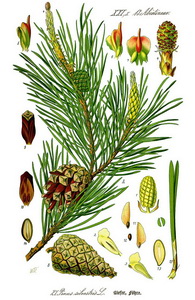
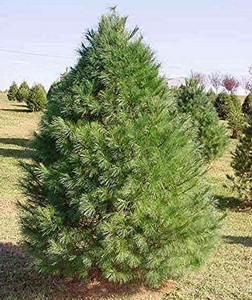

Various pine species have been introduced to temperate and subtropical regions of both hemispheres, where they are grown as timber or are cultivated as ornamental plants in parks and gardens. Some of these introduced species have become naturalized, and some species are now considered invasive, threatening the native ecosystems.
Pines grow to a height of 3-80m, with the majority reaching 15-45m. They are long-lived, typically attaining ages of 100-1000 years or more. The branches, needles, and cones grow in a spiral pattern. The new spring shoots point upward at first, later spreading downward. Pines have four types of leaf: seedlings, juvenile leaves, scale leaves, and adult leaves (needles). The needles are green and are bundled in clusters, usually numbering 2-5 per cluster. Each tree produces both male and female cones, with the male cones present only for a short period before shedding pollen and falling off. Each mature female cone has spirally arranged scales, with two seeds per scale.
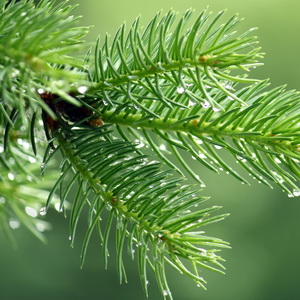
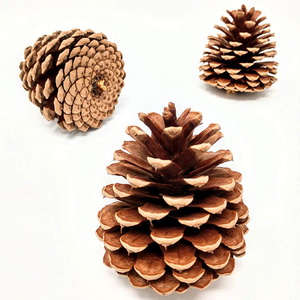
The modern English word 'pine' derives from Latin pinus, which can be traced to an Indo-European base meaning resin. Before the 19th century, pines often were referred to as firs (from Old Norse fura). In some European languages, Germanic forms of the Old Norse name are still in use for pines, but in modern English the word 'fir' is restricted now for the most part to the Abies.
Pinus is the largest genus of Pinaceae pine family, which first appeared in the Jurassic period and diverged at that time into the pines, firs, spruces, hemlocks, and larches. The evolutionary history of the genus Pinus has been complicated by frequent interspecies breeding and hybridization.
In ancient Egypt, pine resin was used in embalming to prevent early decay. The resin was used by the Greeks to seal ceramic wine vessels and was added to fermenting graps for flavor and possibly for medicinal and spiritual properties. Pine tar has long been used to protect surfaces such as boat hulls. Pine branches, cones, and needles also were used in various ancient ceremonies. In modern times, pine wood has been used often for flooring, building construction, paper, and cheap furniture. Turpentine and pine tar water have been used in veterinary treatments, and people have used the resin externally for infections and inflammation and internally for coughs and respiratory infections, allergies, and urinary tract infections. In aromatherapy, pine is added to baths to boost immunity and relieve insomnia.
Pine essential oil is obtained from the needles, stumps, shoots and twigs, and sometimes even the cones by steam distillation, solvent extraction followed by distillation, or destructive distillation (a chemical process in which the material is heated to a high temperature in the absence of air or in the presence of limited oxygen or other reagents or catalysts). The species used most often for oil is Scotch pine (
P. sylvestris). The essential oil is colorless to light amber. It is insoluble in water but dissolves in alcohol. Synthetic pine oil is produced by conversion of natural terpene hydrocarbons into terpene alcohols.
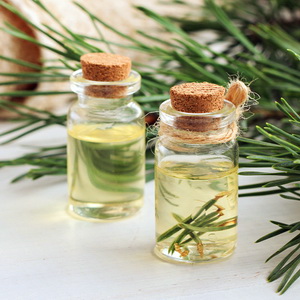
The overall scent of pine is unique. Generally, regardless of species, it is aromatic, resinous, green, and slightly like eucalyptus. It has a crisp, somewhat dry, icy quality, with a barely noticeable touch of menthol, and its undertones are much more herbal than woody. It is complex, bold, spicy, and vital. Among the conifers, it is most similar to spruce. The pine note used in perfumery is not at all a turpentine or cleaning product smell, but rather a gentle green scent. As it dries, it becomes sweeter and almost floral in nature. It is used in fragrances for both genders, but more commonly in masculine ones. Pine oil fragrances can differ considerably, depending upon the species and how the aromatic material was extracted. Pine was a favorite of early Arab perfumers, who liked to use it in various combinations, particularly with frankincense.
While other pine extracts mostly smell similar to each other, ponderosa pine oil uniquely has notes of vanilla and caramel and a distinct anise-like smell. Scotch pine (
P. sylvestris) oil gourmand notes at the beginning, reminiscent of bread dough; but it evolves into more pure fresh-cut pine, with just a hint of anise and turpentine. Dwarf mountain pine (
P. mugo) has a prominent pine smell, but it also has undertones of dry, woody, smoky sawdust and an unusual note the is similar to that of raw carrots. The oil of ocean or commercial pine (
P. pinaster) has a strong woody pine smell, but also an odd weedy note. Swiss stone pine (
P. cembra) has a resinous, green, woody, aromatic scent that brings to mind Christmas trees, and it adds some strong floral notes as it develops.
Pine scent, mainly synthetic, is also used in cleaning products, disinfectants, sanitizers, insecticides, and air fresheners, as well as in bath products. Pine oil is also used as a lubricant in expensive clockwork instruments, as a solvent, and in chemical manufacturing and various other industrial processes.
Turpentine is a fluid obtained by steam distillation of tree resin, mainly from pines. It is not used directly in perfumery but is employed as a solvent and a source of organic compounds (including synthetic terpenes used in scented products). In the past it was used as a medicinal elixir, a lamp fuel to replace whale oil, and an additive to gasoline to cover the smell.
Masculine fragrances with pine notes:
Acqua di Parma Blu Mediterraneo Cipresso di Toscana (Pine needle)
Adidas Active Bodies, Adidas Adventure
Adolfo Dominguez Agua Fresca
Ajmal Zeal
Amouage Lyric Man
Antonio Puig Quorum
Aramis Devin, Aramis Mustang Blue
Avon Destination Wilderness
Azzaro Chrome
Black Phoenix The Jersey Devil
Bottega Veneta Essence Aromatique, BV Extreme, BV pour Homme
Burdin En Garde!
Calvin Klein Obsession
Caron Yatagan
Cerruti 1881 (var.)
Christian Dior Eden-Roc
Courreges Niagara
Creed Epicea, Creed Windsor
Cuba Paris Wild Heart
DS & Durga Amber Kiso, DS&D Freetrapper
Ermenegildo Zegna Roman Wood
Galimard Uralskaya Taiga
Givenchy Pi Leather Jacket
Guy Laroche Horizon
Halston 1-12, Halston 101
Histoires de parfums 1828
Hugo Boss Hugo Man
Jacques Bogart One Man Show
Jil Sander Man III
John Varvatos Artisan Blu, JV Star USA
Kenzo Homme Fresh
Krizia Uomo
Lacoste L.12.12. Blanc, Lacoste Red
Lancome Balafre
La Rive Athletic Man
Le Prince Jardinier Arboretum
Memo Russian Leather (Pine needle)
Molton Brown Jubilant Pine & Patchouli, MB Russian Leather
Nina Ricci Phileas
Oleg Cassini Reporter
Oriflame Excite Force
Paco Rabanne 1 Million
Paris Elysees, Handsome, PE Vodka Extreme
Penhaligon's Blenheim Bouquet
Pino Silvestre Original
Profumum Roma Arso
Ralph Lauren Polo (Green), RL Polo Crest, RL Romance
Rituals Maharaja d'Or
Rochas Macassar
Sergio Soldano Black
Tommy Hilfiger T
Ulric de Varens UDV Black
Victor Silvestre
Visconti di Modrone Acqua di Selva
Weil Kipling
Xerjoff Accento Overdose
Yardley Gentleman Elite
Fir
Firs (
Abies) are a genus of around 50 species in the same Pinaceae family. They are found on mountains throughout much of North and Central America, Europe, Asia, and North Africa. The genus is most closely related to cedar (
Cedrus).
They are large trees, reaching heights of 10-80m. Firs can be distinguished from other conifers by the way in which their needles are attached singly to the branches with a base resembling a suction cup and by their cones, which (like those of true cedars) generally stand upright on the branches like candles and disintegrate at maturity to release winged seeds. Some of the largest fir cones, such as those of the Douglas fir, hang downward.
The genus name Abies is derived from the Latin for 'to rise,' referring to the height of the species. The common English name comes from the Old Norse fyri or Old Danish fyr.
Generally, fir essential oil has a sweet, balsamic, aromatic, green, spicy fragrance. Like pine scents, fir aromas are quite diverse and depend on the species and extraction process.
Canadian balsam fir (
A. balsamea) produces an oil with a typical fresh, ethereal, cool, evergreen scent, sharp and resinous but somewhat sweeter and lighter than other conifers. As it dries down it becomes even sweeter and woodier, but that phase disappears quickly. Balsam fir absolute, thicker and stickier, has a much heavier, richer, sweeter scent, with better longevity and persistent sillage. It conveys the smell of both the cut wood and the needles; as it dries down it changes from the moist scent of a freshly cut tree to the smell of newly cut lumber, with a faint smoky note and nuances of clover, hay, and dried fruits.
Silver (Swedish) fir (
A. alba), common in Europe, yields an essential oil with fresh evergreen notes but also some camphorous, warmer, more aromatic ones. It has a green, vegetable-like note that Balsam fir lacks and has better longevity. As it evolves, the scent becomes lighter, thinner, and more like fresh needles. Silver fir oil's note lasts so long that it can be used as a heart note. An oil made from the cones of the silver fir, called templin, starts out with a sharp, varnish-like smell but then mellows into a typical conifer aroma. It is a bit deeper, darker, and woodier than the needle oil, but it has less longevity. The cedar tree also is in the Silver fir family, and its oil is used frequently in perfumery.
The oil of Siberian fir (
A. sibirica), which grows on the mountains and taiga of Eastern Europe, starts out camphorous, woody, spicy, and sweet, with hints of tarragon, cinnamon, and raw bread dough; but as it dries down, it becomes fresher, almost like spearmint, but with the typical woody-balsamic evergreen tone. Lasting only an hour, it makes a nice top note.
Gas chromatography shows 17 chemical components of fir needle oil contributing to its fragrance. The one in the highest proportion is bornyl acetate at 34%. Other major ones include alpha- and beta-pinene, camphene, limonene, and beta-phellandrene.
Masculine fragrances with fir notes:
Abercrombie & Fitch Fierce
Acqua di Parma Blu Mediterraneo Cipresso di Toscana
Alfred Dunhill Edition
Aramis Havana, Aramis JHL, Aramis Mustang
Arquiste Aleksandr
Art of Shaving Sandalwood
l'Artisan Fou d'Absinthe (Canadian balsam)
Avon Friktion (Canadian balsam)
Ayala Moriel Rainforest
Bottega Veneta Illusione, BV pour Homme
Cacharel
Calvin Klein Dark Obsession
Cartier Pasha de Cartier
Christian Dior Jules
Christian Lacroix Bazar
Clive Christian Chasing the Dragon, CC L, CC Matsukita
Coty Aspen
Creed Erolfa
Davidoff Cool Water Deep, Davidoff Run Wild
Decotto di Neve Gravita Dentro di Noi
Floris Elite
Fragonard Vetyver
Giorgio Armani Acqu di Gio Profondo Lights
Gucci Nobile
Guy Laroche Drakkar Noir
Hermes Eau des Merveilles LE
Hugo Boss Hugo (var.), HB Just Different, HB Man on the Go
Jacques Battini de l'Ambre Shady (Canadian balsam)
Jean Luc Amsler Prive Homme (Canadian balsam)
Jean Patou
John Varvatos Vintage, JV 10th Anniversary (Canadian balsam)
Joop! Go
Keith Urban Phoenix (Canadian balsam)
Korres Blue Sage Lime Fir Wood
Lacoste Eau de Sport
Liz Claiborne Mambo Mix
Loewe Esencia 40 Aniversario
Marly Percival
Memo Sicilian Leather
M. Micallef Imperial Santal, MM Spicy
Michael Jordan
Michael Kors Michael
Oscar de la Renta Oscar
Paul Sebastian Silver
Penhaligon's Agarbathi, Penhaligon's Luna
Pino Silvestre Acqua di Pino Fougere
Reflexion Foret du Nord
Rochas Globe
Satori Musk Blue (Canadian balsam)
Tabac (Original)
Ted Baker M
Thierry Mugler A*Men Ultimate
Tru 1879
Thierry Mugler A*Men Ultimate
Versace Blue Jeans, Versace Green Jeans
Victorio & Lucchino No 1 Wild Vitality
Zepter Swisso Logical Philip (Canadian balsam)
Spruce
Spruce is a tree of the genus Picea, consisting of around 35 species of evergreens in the family Pinaceae. It is found in the Northern Hemisphere in temperate and boreal (taiga) regions. The trees are large, around 20-60m in height when mature, with whorled branches and a conical form.
Spruce can be distinguished from other conifers by their needles, which are four-sided and attached singly to small peg-like structures on the branches, and by their cones, which hang downwards after being pollinated and have no protruding bracts (scales).
The etymology of the word 'spruce' is unclear. The Polish phrase 'z Prus' (meaning 'from Prussia') sounds to English ears like spruce, and this seems to have been a generic term for commodities brought to England from that region. It is also argued that the word is derived from the Old French term Pruce, meaning Prussia.
The essential oil is steam-distilled from the needles and twigs of fir trees, primarily Canadian spruce (
P. mariana). It has a fresh, green, woody scent with a balsamic top note and a sweet and fruity undertone reminiscent of fresh natural pinewood. It has a contrasting somewhat 'oily' drydown. The Canadian spruce scent blends particularly well with cedarwood, lavandin, and rosemary.
One other variant, Black spruce (
P. mariana), has a darker-smelling, fir-like coniferous smell and is used less often in perfumery.
The scent is prevalent in air fresheners and other aerosol sprays with a 'forest' type of smell.
Masculine fragrances with spruce notes:
Al Haramain Favorite
Atkinsons Duke
Avon Elite Gentleman
Bonny Doon Farm Uplands
Davidoff Cool Water Ice Fresh
John Varvatos Star USA
Kenzo l'Eau 2
La Martina Sueno Hombre
Molyneux Captain
Perlier Ginepro della Corsica
Rasasi Egra
Ted Lapidus
Tommy Hilfiger Tommy 10
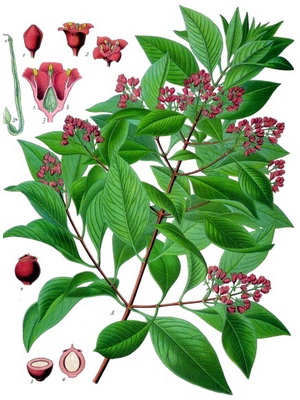
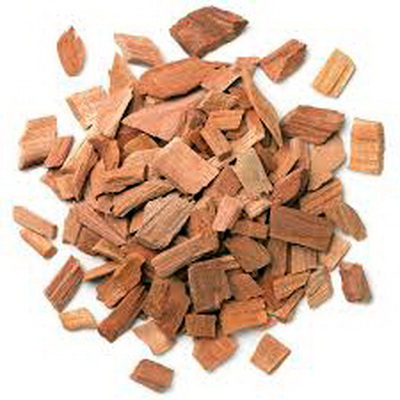

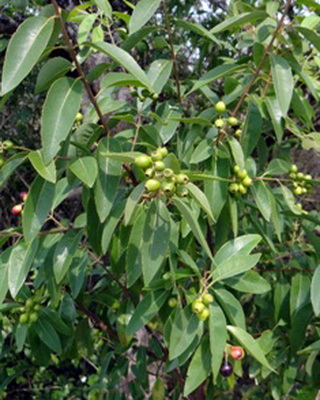
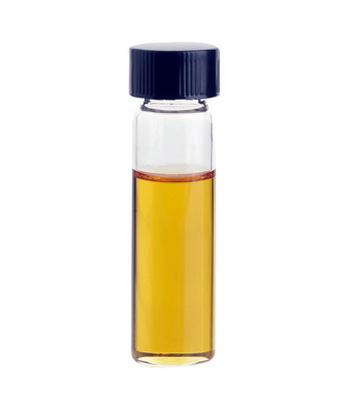
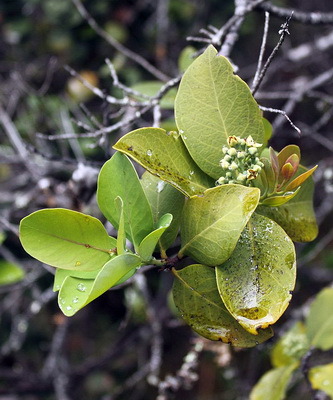
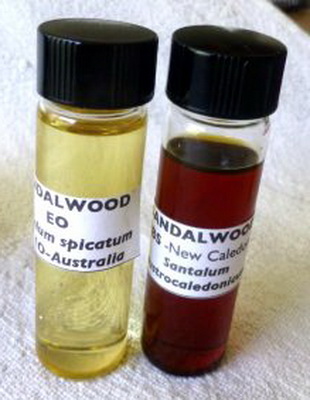
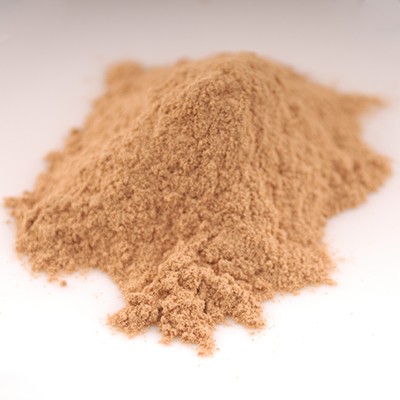
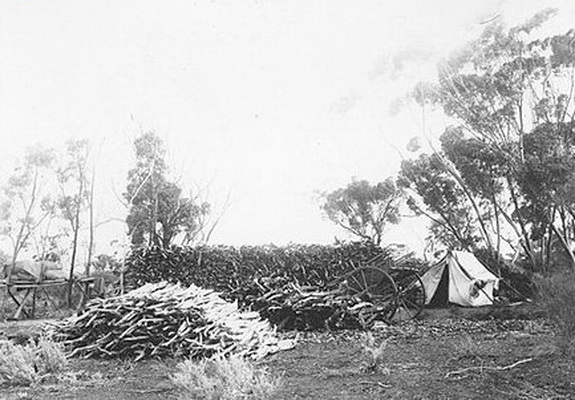


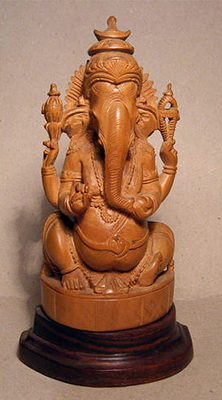
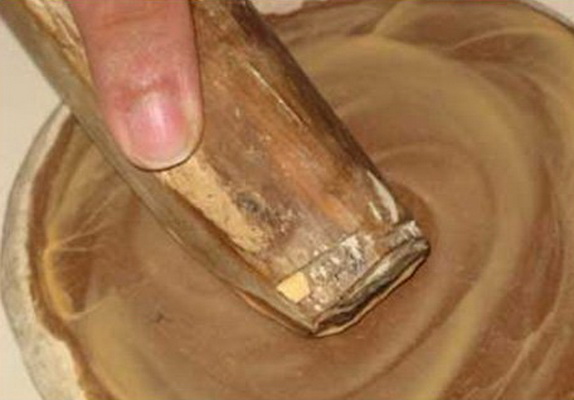
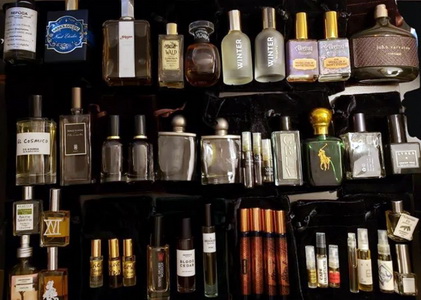
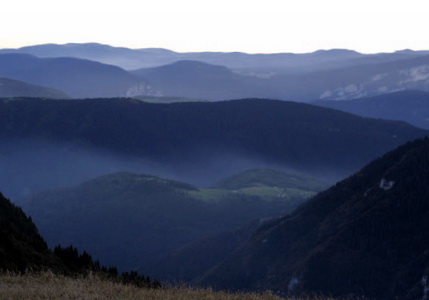






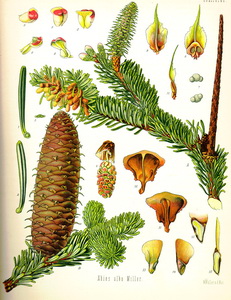


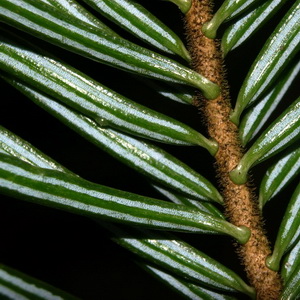
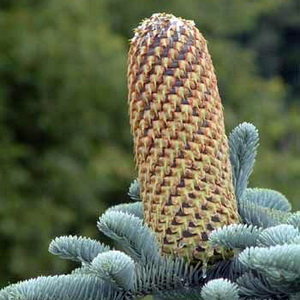
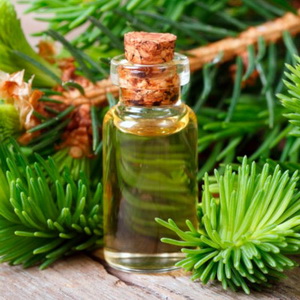
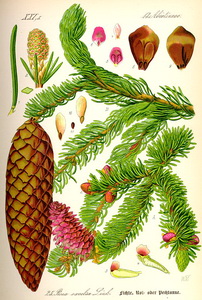


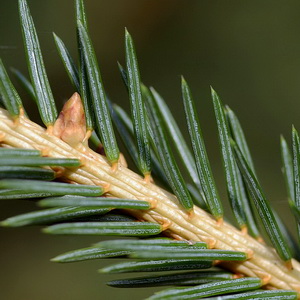
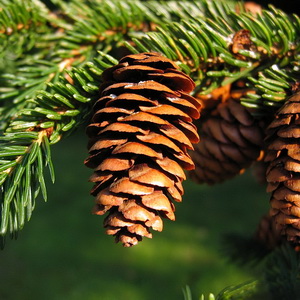
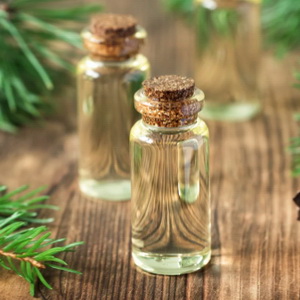
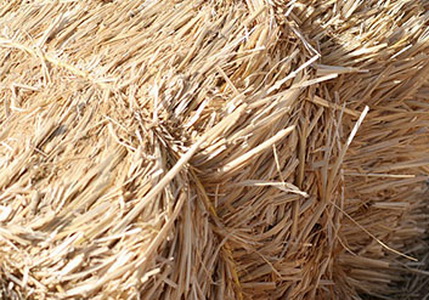
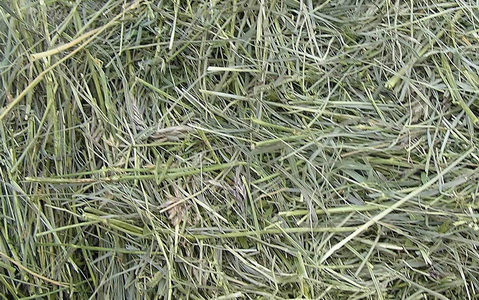
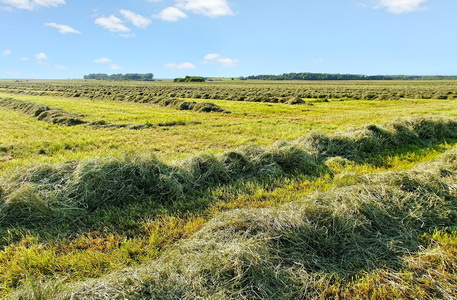
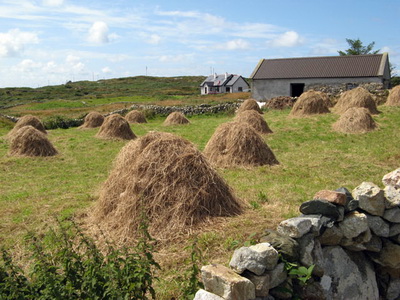
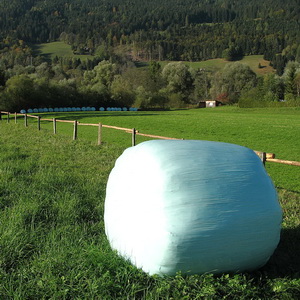


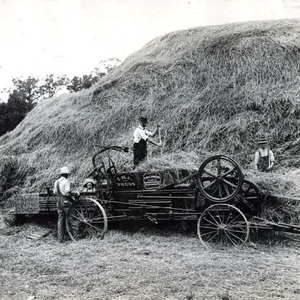


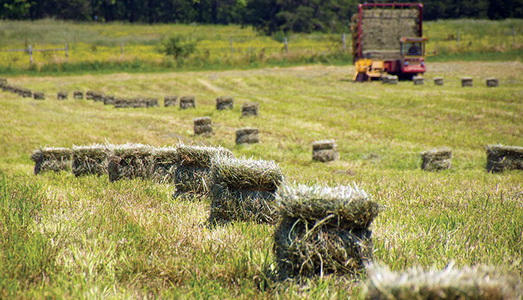
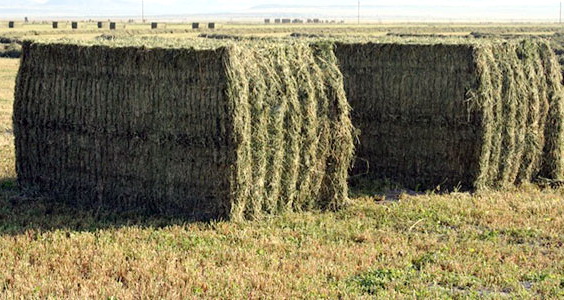
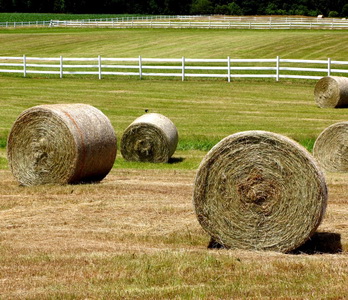

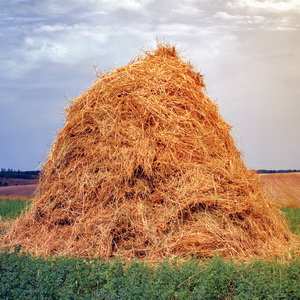
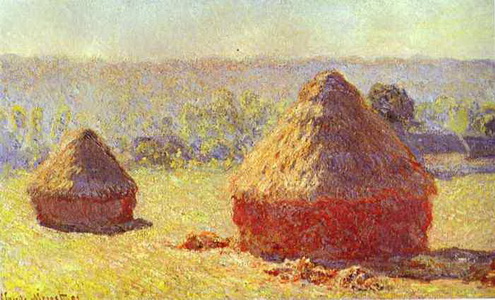
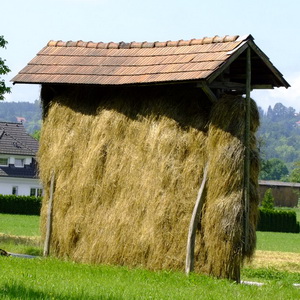
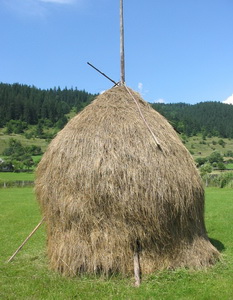
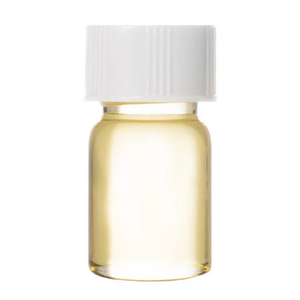
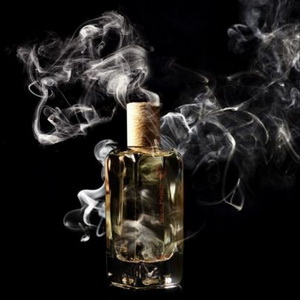




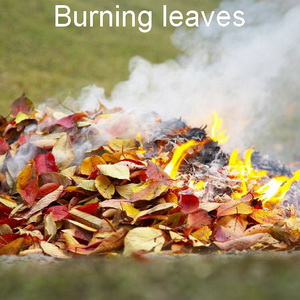

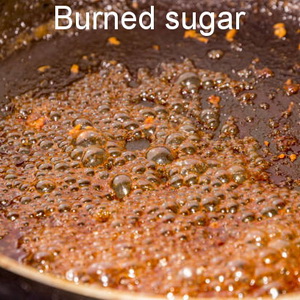


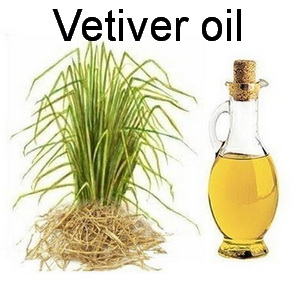
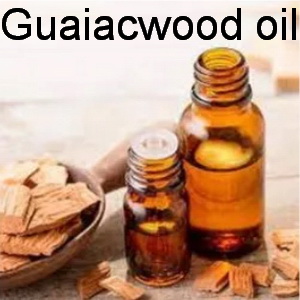
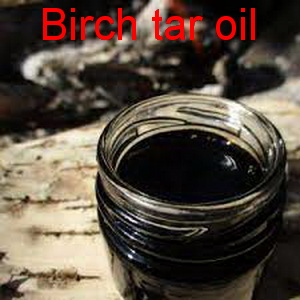
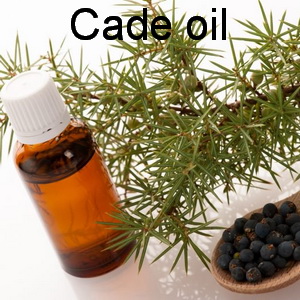
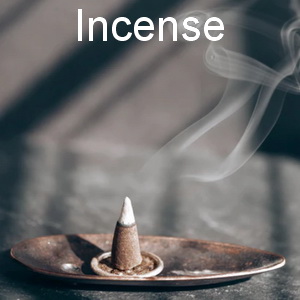
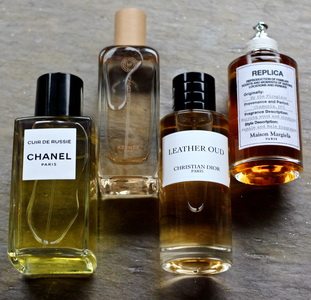
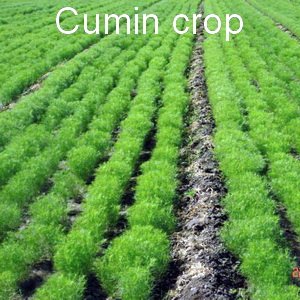
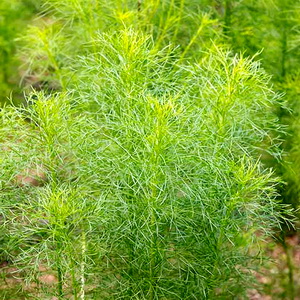
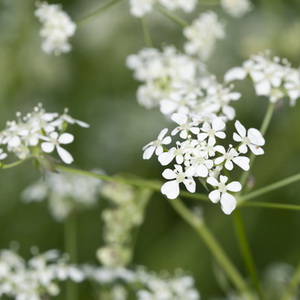
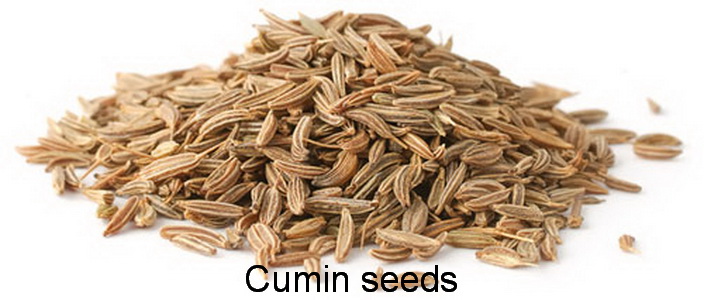
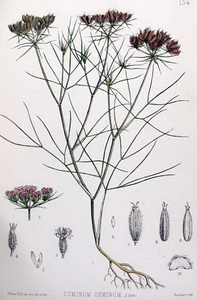
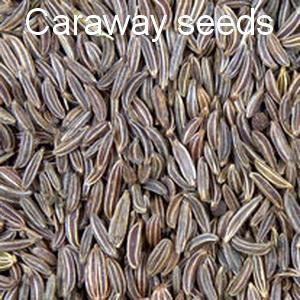
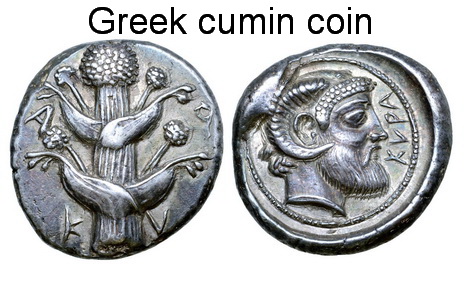



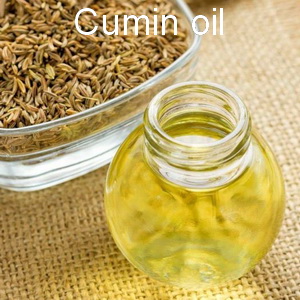
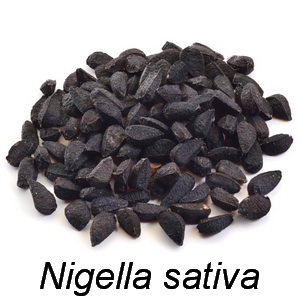
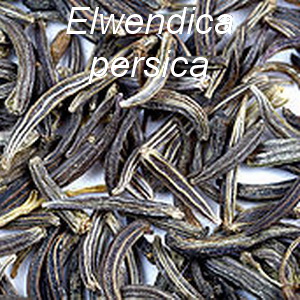


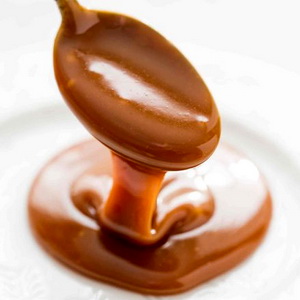
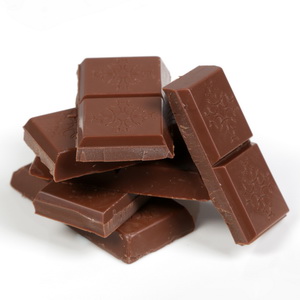
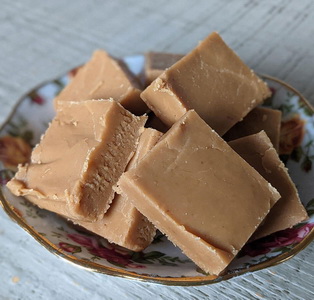
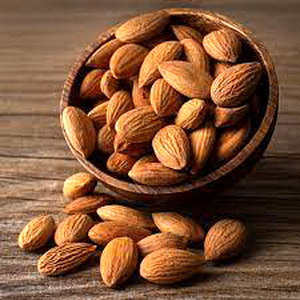
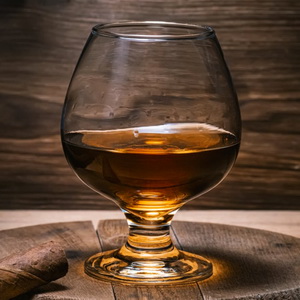
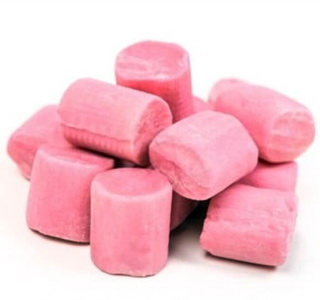
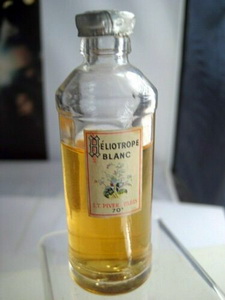
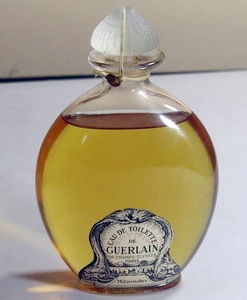
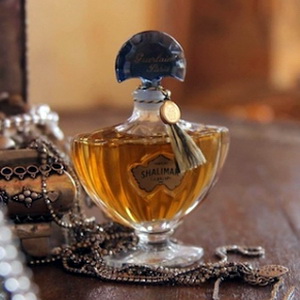
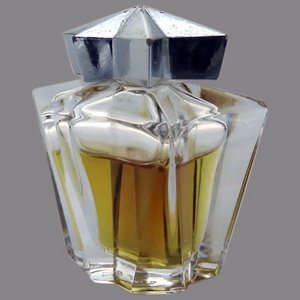
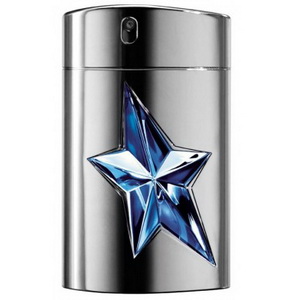
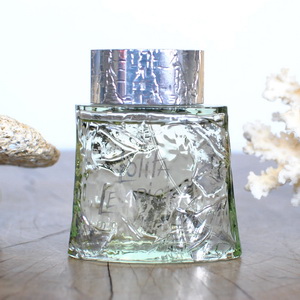
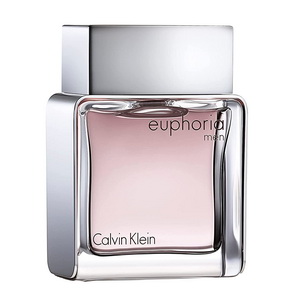
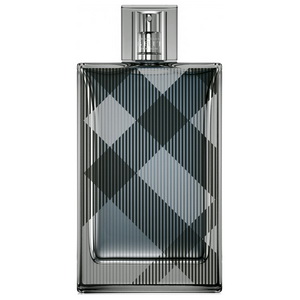

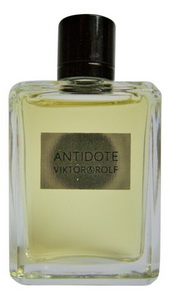
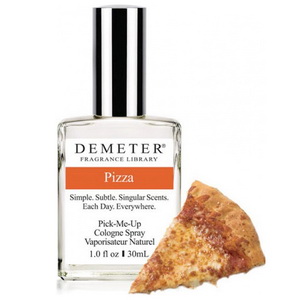
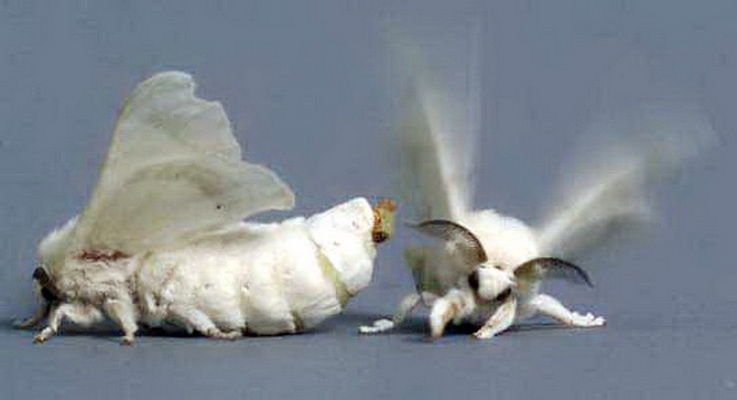

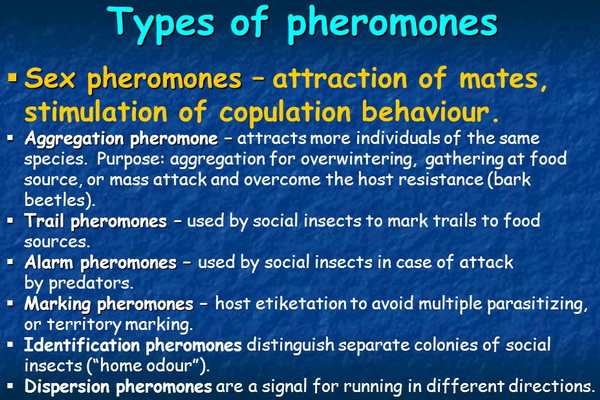
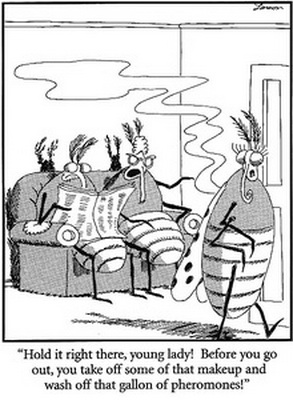


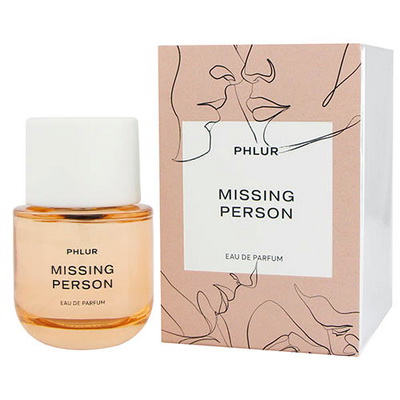



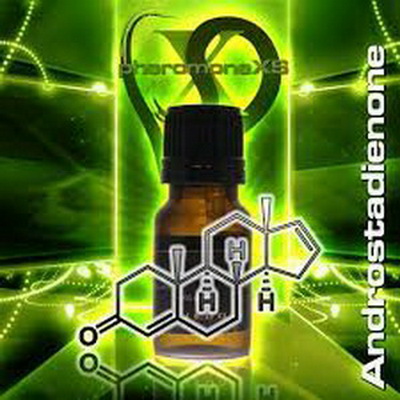
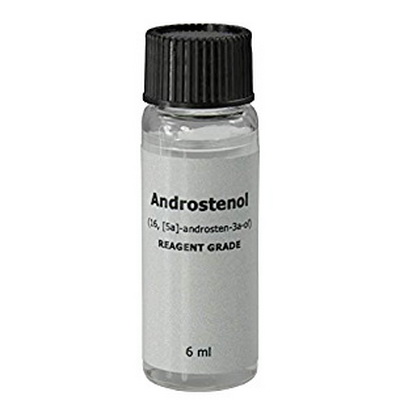


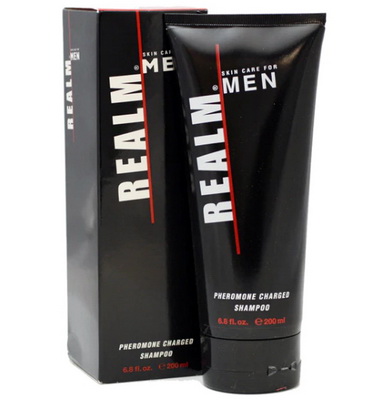
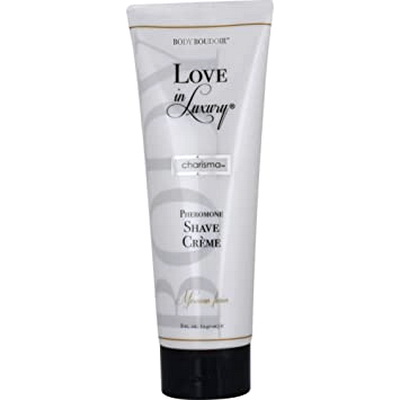
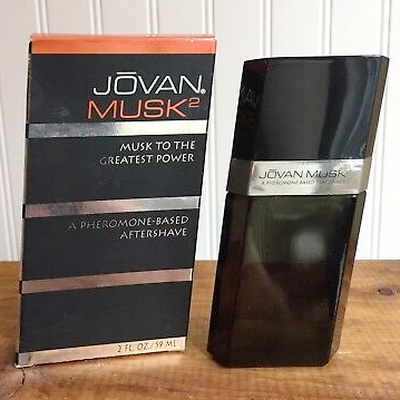

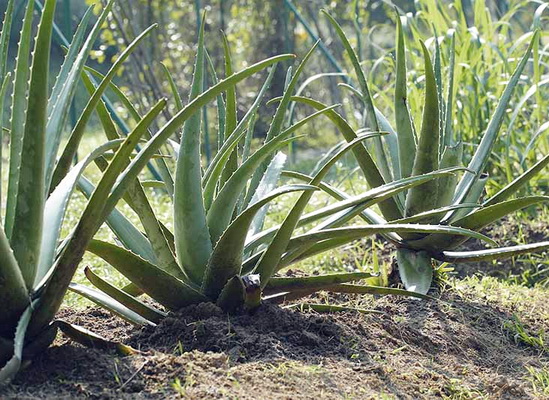
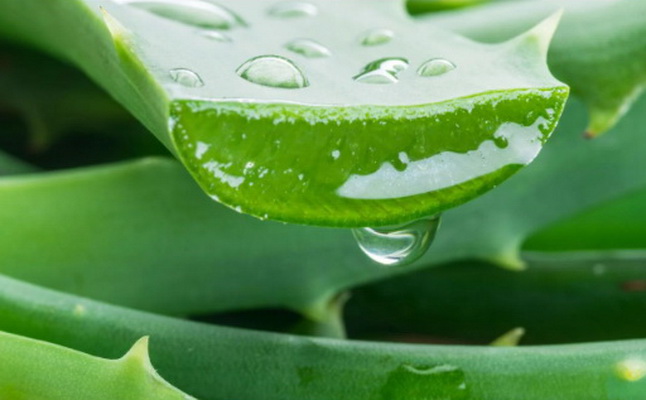
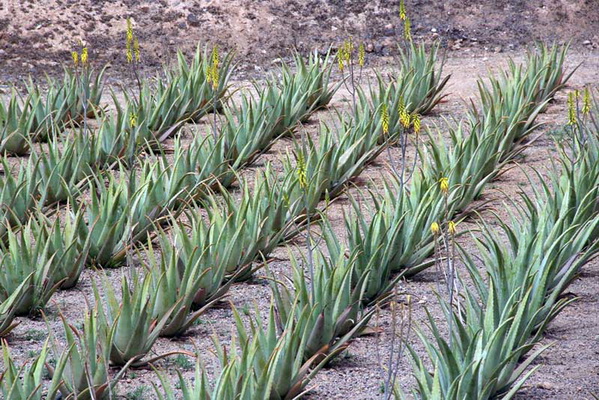


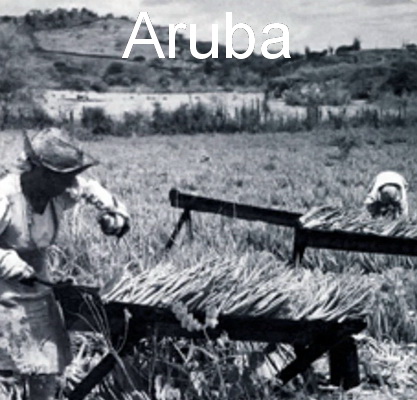
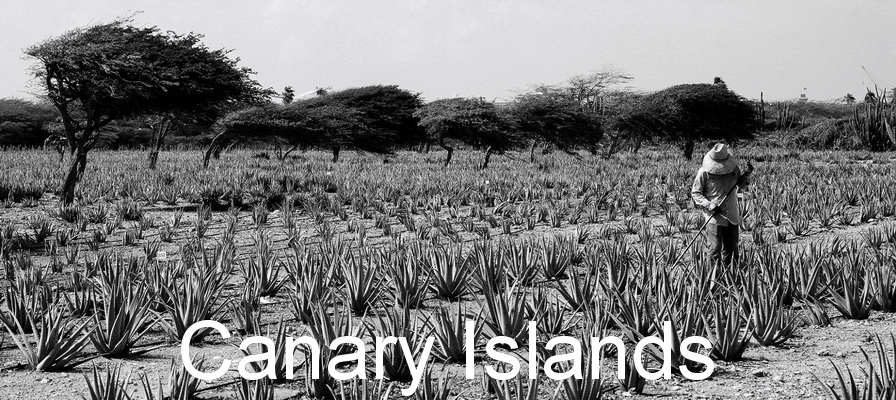
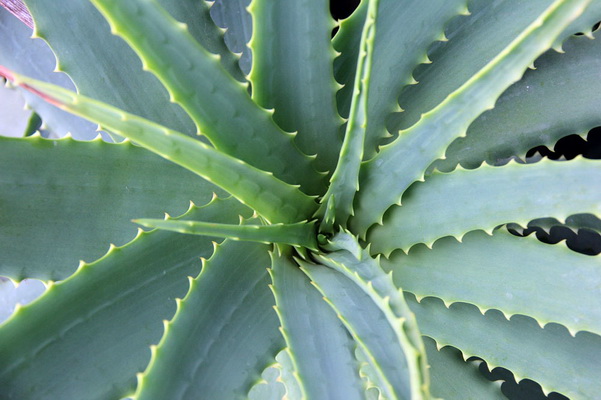
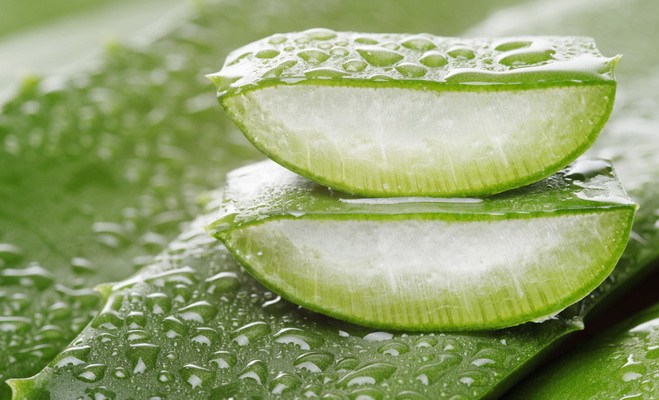
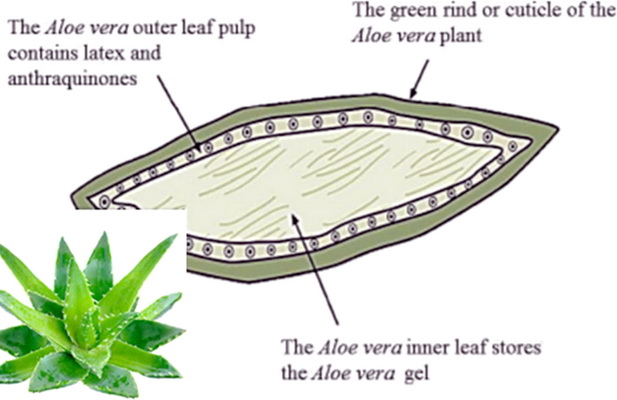
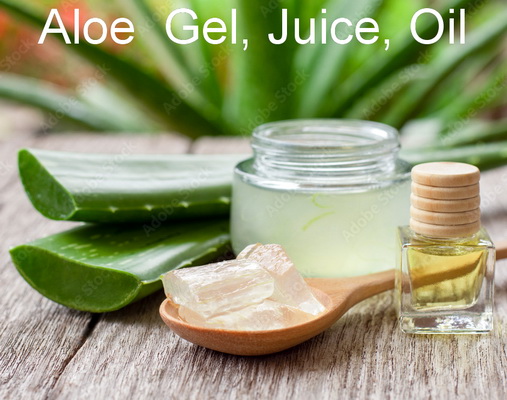
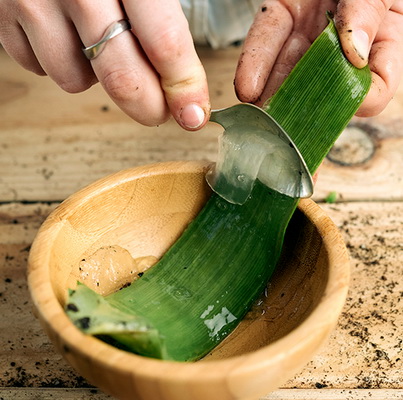
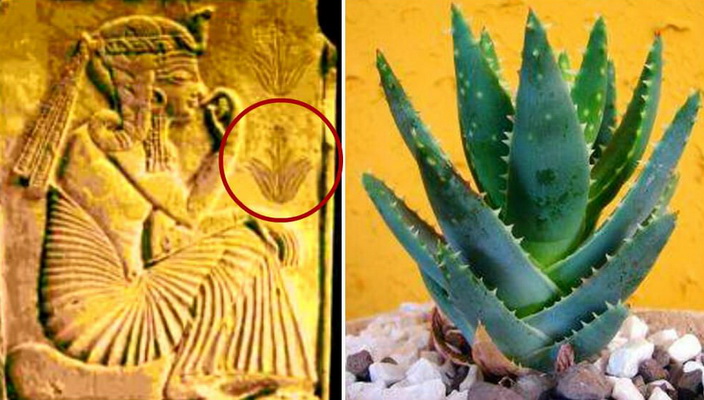
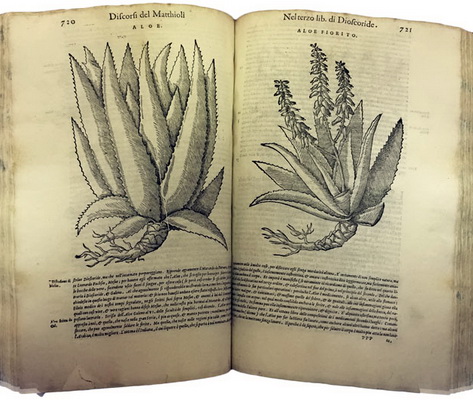

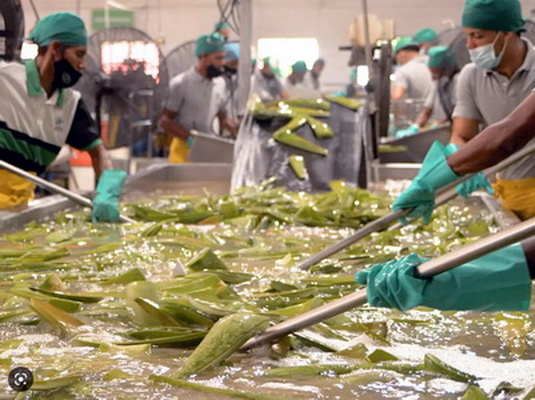

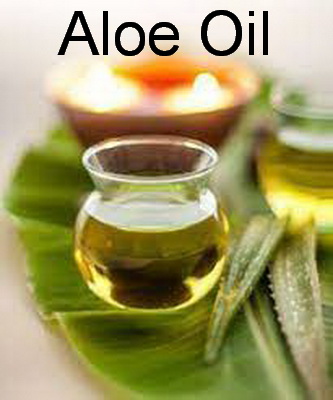
)
